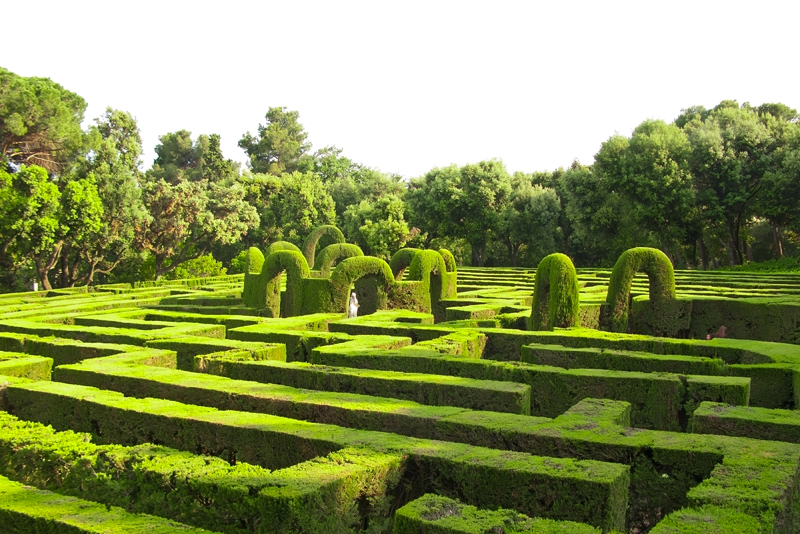Chives


Allium schoenoprasum
Chives were brought to England by the Romans who thought that eating chives would ease the pain from sunburn or a sore throat.
Although they were grown in monastery herb gardens up until about the sixteenth century chives used to be collected from their wild habitats. Then people realised that their bright purple flowers were ideal for the kitchen garden.
From then on they were to be found as decorative edging for English Garden borders and kitchen paths alike. They grow well with most plants, especially roses they have insect repelling properties and are said to help in controlling blackspot.
Today Chives are used as a culinary herb as well as a decorative plant.
They belong to the same family as garlic, leeks and onions.
The bulbs can be used instead of mild onions and the flower heads add colour to salads while the long, green, tube-shaped leaves add both colour and flavour to potato dishes and salads.
The best way to cut chives is with a pair of scissors and these can be used for chopping the stems – easier than using a knife!
Chive leaves can be cut regularly which means you get a continuous supply of young leaves however this will prevent the plant from flowering. So it is best to have some in the kitchen garden or pots for use in the kitchen and let your edging chives be!
You can cut leaves and freeze them for winter use by pouring boiling water over them which will blanch them. Then cool them in a sieve by running cold water over them. Dry them as thoroughly as possible and freeze in sealed polythene bags or you can put a few snips in each ice cube tray, fill with water and hey presto – chive cubes.
How to grow
Chives in English Gardens are easy to grow and prefer a moist but well drained soil in partial shade or full sun but I have found they will grow in most places as long as they are kept well watered and have sun for part of the day. Plant the bulbs fairly deeply.
They are hardy to zone 5.
They flower from June to July and are a good bee plant - in fact they attract all sorts of insects.
The bulbs divide rapidly and large clumps are quickly formed, they also will self-seed quite easily.
If you grow them in pots or in a window box make sure they get enough water and in dry spells water once a day.
The flowers can also be dried and used in dried flower arrangements in the winter.
Garlic chives or Allium tuberosum have fragrant white starry flowers in late summer. They can be grown as ordinary chives. Their leaves have a mild garlic flavour and they too can be grown in containers.
Enjoy your English Garden!
You Should Also Read:
Growing Soapwort in an English Garden
Culinary herbs for an English Garden
Blue flowering herbs

Related Articles
Editor's Picks Articles
Top Ten Articles
Previous Features
Site Map
Content copyright © 2023 by Hellie T.. All rights reserved.
This content was written by Hellie T.. If you wish to use this content in any manner, you need written permission. Contact Carol Chernega for details.


